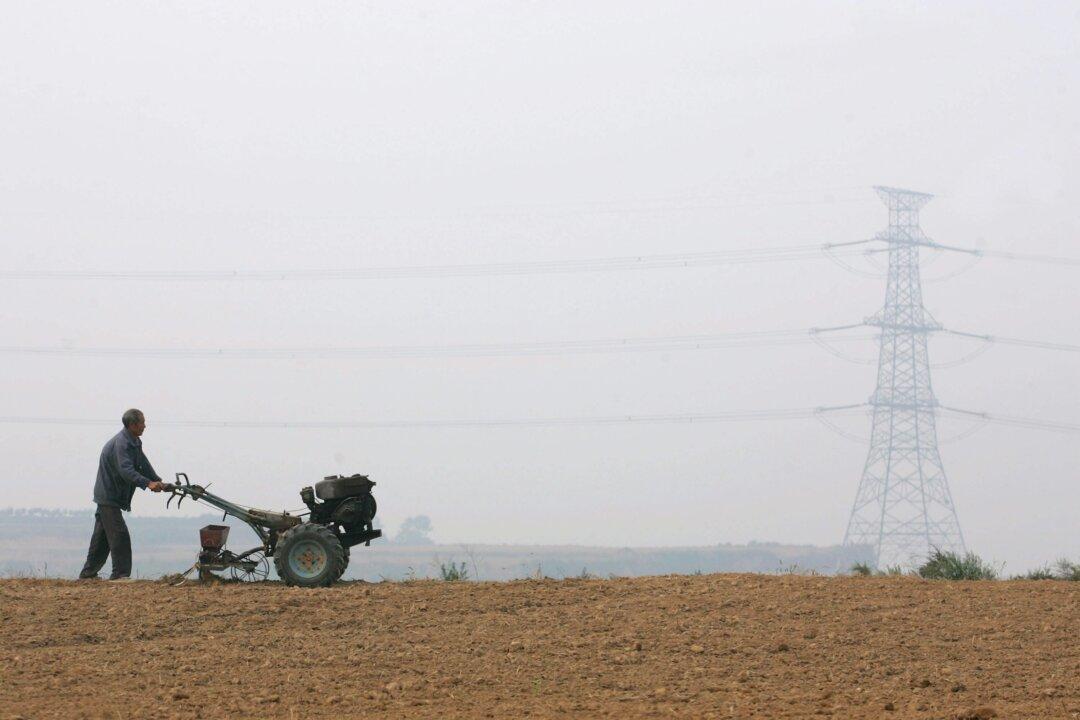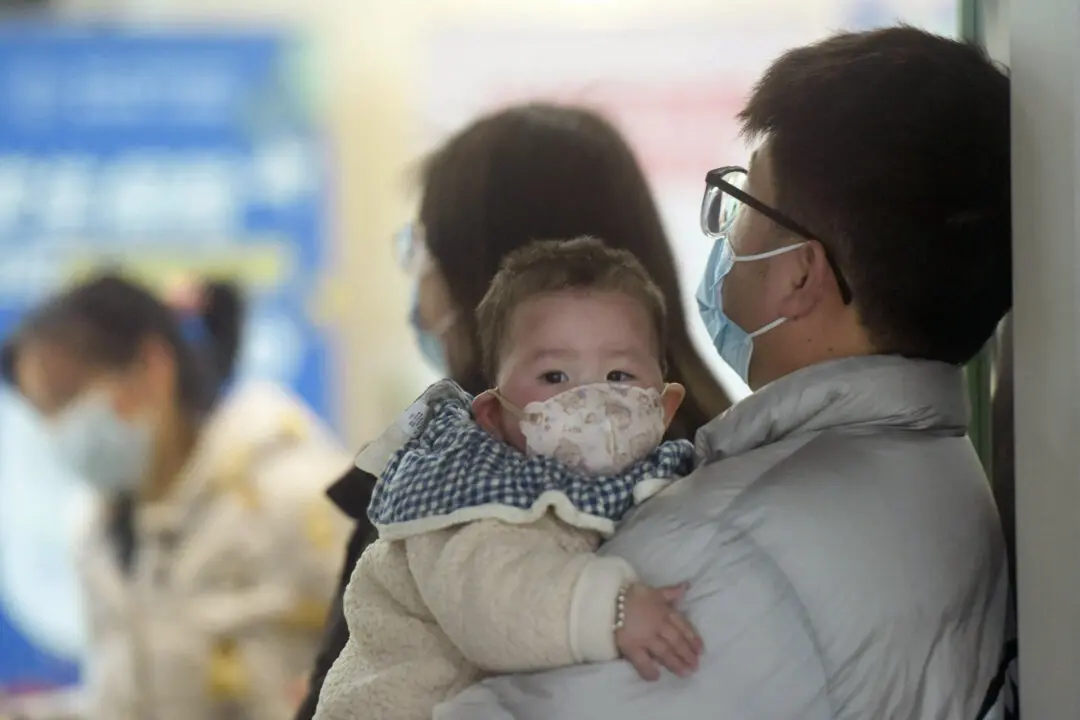Nearly 500 acres of wheat crop in three neighbouring villages in central China’s Henan Province withered and died last month. And locals believe a nearby chemical plant to be the culprit, a Chinese media outlet reported.
The wheat seedlings in three villages in Xuchang City’s Jian’an District turned greyish brown and died over the months of February and March, according to a March report by China Business Herald.





